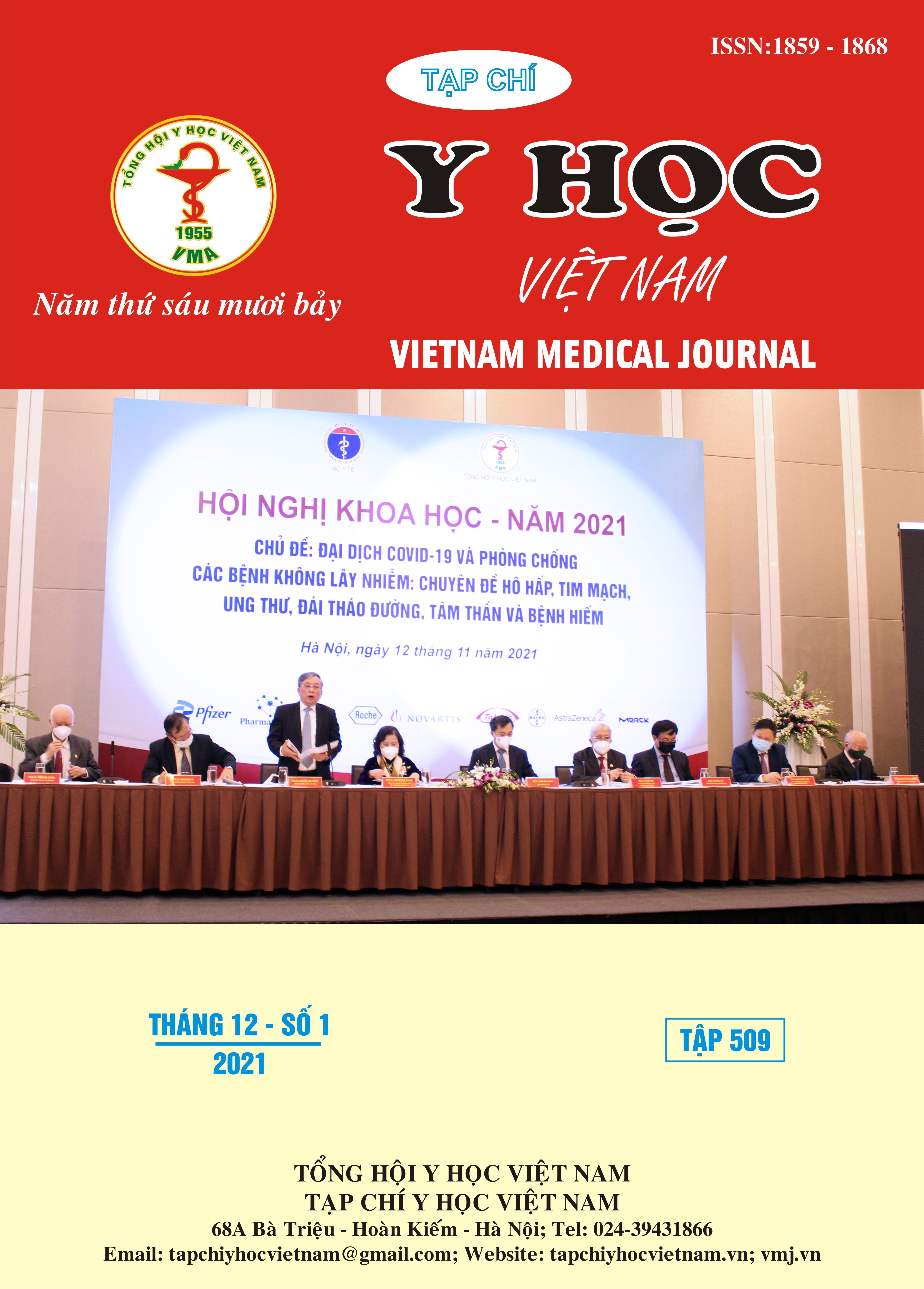EFFECTIVENESS OF MULTIMODAL INTERVENTIONS IN IMPROVING HOSPITAL-ACQUIRED INFECTION IN THANH NHAN HOSPITAL
Main Article Content
Abstract
Nosocomial infections are a priority issue in hospitals. Developing and implementing interventions to help control hospital-acquired infections plays an important role in ensuring hospital quality and patient safety. This study evaluated the effectiveness of multimodal interventions in improving nosocomial infections at Thanh Nhan Hospital. A before-after intervention study without a control group was implemented at Thanh Nhan hospital from 2018 to 2020. The intervention was conducted to improve hand hygiene, wound dressing and peripheral venous catheters. The status of hospital-acquired infections before and after the intervention was assessed and collected through a structured form. Results showed that the rate of nosocomial infections from 6.0% before the intervention decreased to 2.2% after the intervention (p<0.01), the effect size was 63.3%. Density of hospital admissions/1000 days of hospital stay decreased from 5.12 to 2.60 after the intervention. Upper respiratory tract infection was the most common form of hospital-acquired infection (7/14 cases, 50.0%). Multivariable regression model showed that inpatients treated at the hospital after the intervention were only 0.19 times more likely to have nosocomial infections than inpatients at the hospital in the pre-intervention period (OR =0.19, 95%CI=0.09-0.37, p<0.01). The intervention model had been effective in improving hospital-acquired infections at Thanh Nhan hospital. Developing strategies to improve the efficiency and ensure the sustainability of the model is essential and needs to be studied in the future.
Article Details
Keywords
nosocomial infection, intervention, multimodality
References
2. Boev C, Kiss E. Hospital-Acquired Infections: Current Trends and Prevention. Critical care nursing clinics of North America. 2017;29(1):51-65.
3. Asfaw N. Knowledge and practice of nurses towards prevention of hospital acquired infections and its associated factors. International Journal of Africa Nursing Sciences. 2021;15:100333.
4. Bayleyegn B, Mehari A, Damtie D, Negash M. Knowledge, Attitude and Practice on Hospital-Acquired Infection Prevention and Associated Factors Among Healthcare Workers at University of Gondar Comprehensive Specialized Hospital, Northwest Ethiopia. Infection and drug resistance. 2021;14:259-66.
5. Organization WH. Guidelines on core components of infection prevention and control programmes at the national and acute health care facility level. Geneva: World Health Organization; 2016.
6. Organization WH. Infection prevention and control assessment framework at the facility level. World Health Organization; 2018.
7. Organizationx WH. World Health Organization Guidelines on Hand Hygiene in Health Care 2009 [Available from: www.who.int/ gpsc/5may/tools/ 9789241597906/en/
8. Mathai E, Allegranzi B, Kilpatrick C, Bagheri Nejad S, Graafmans W, Pittet D. Promoting hand hygiene in healthcare through national/subnational campaigns. The Journal of hospital infection. 2011;77(4):294-8.


